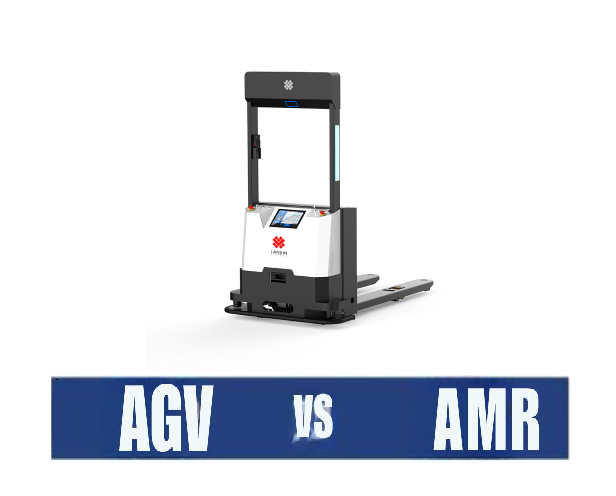
Automated Guided Vehicles (AGVs) and Autonomous Mobile Robots (AMRs) are two prominent types of mobile robots widely used in various industries. Both technologies have their unique advantages and applications. In this post, we will compare AGV vs AMR to help you understand which technology might be better suited for your specific needs.
AGVs are mobile robots that follow predetermined paths, usually marked by wires, magnetic strips, or sensors embedded in the floor. They are highly reliable for repetitive tasks and fixed routes in controlled environments. AMRs, on the other hand, are equipped with advanced sensors and software that allow them to navigate dynamically within an environment. They do not require predefined paths and can adapt to changes in real-time.

AGVs rely on fixed navigation systems, which means their routes are limited to the paths laid out during installation. This makes AGVs ideal for stable, predictable environments where tasks do not change frequently. AMRs utilize sophisticated mapping and sensor technologies, such as LiDAR and cameras, to understand and move through their surroundings. This enables AMRs to operate in dynamic environments, avoid obstacles, and adjust routes on-the-fly.
Installing AGVs typically requires significant infrastructure changes, such as laying down tracks or installing sensors along the desired routes. This process can be time-consuming and costly. Conversely, AMRs are easier to set up as they do not require extensive infrastructure changes. They can be deployed quickly and start operating almost immediately, making them more flexible and cost-effective in dynamic settings.

AGVs are well-suited for environments where tasks are repetitive and paths are fixed, such as in large-scale manufacturing, automotive assembly lines, and warehouse logistics. They are excellent for transporting heavy loads over consistent routes. AMRs excel in environments that require adaptability, such as e-commerce fulfillment centers, hospitals, and small to medium-sized enterprises where tasks and layouts frequently change. Their ability to navigate complex and changing environments makes them highly versatile.
Scalability can be challenging with AGVs due to the infrastructure changes required for each new route or task. Maintenance involves ensuring the guiding systems and pathways are functioning correctly. AMRs offer greater scalability because they can be reprogrammed for new tasks and routes without significant changes to the physical infrastructure. Maintenance primarily involves software updates and sensor calibration.

The initial cost of AGVs can be lower than AMRs, especially if the environment is stable and does not require frequent changes. However, the total cost of ownership can be higher due to the infrastructure requirements and potential downtime during reconfiguration. AMRs may have a higher upfront cost, but their flexibility and lower installation costs can lead to reduced total cost of ownership, especially in dynamic environments.
How Mobile Robotics Technology Enhances Production Efficiency
Both AGVs and AMRs offer unique benefits depending on the specific needs of your operation. AGVs are ideal for fixed, repetitive tasks in controlled environments, while AMRs provide greater flexibility and adaptability in dynamic settings.
©Copyright 2023 Zhejiang MRDVS Technology Co.,Ltd.
浙ICP备2023021387号-1